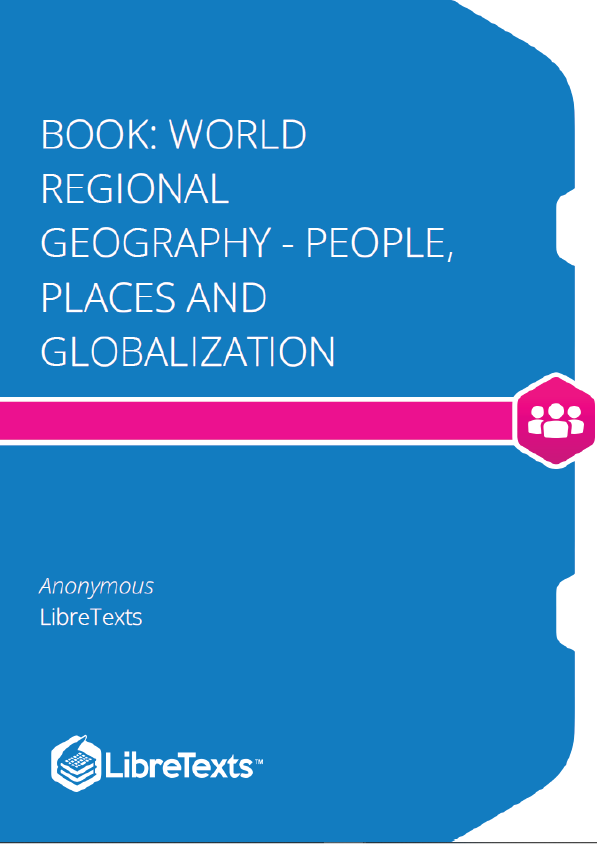World Regional Geography: People, Places and Globalization is designed for students to experience and study as much of the world as possible within a limited amount of time. It gives students the fundamental concepts and the latest data regarding world places in a concise, easy-to-read format.
What Is Geography?
Geography is the spatial study of the earth’s surface (from the Greek geo, which means “Earth,” and graphein, which means “to write”). Geographers study the earth’s physical characteristics, its inhabitants and cultures, phenomena such as climate, and the earth’s place within the universe. Geography examines the spatial relationships between all physical and cultural phenomena in the world. Geographers also look at how the earth, its climate, and its landscapes are changing due to cultural intervention.
The first known use of the word geography was by Eratosthenes of Cyrene (modern-day Libya in North Africa), an early Greek scholar who lived between 276 and 194 BCE. He devised one of the first systems of longitude and latitude and calculated the earth’s circumference. Additionally, he created one of the first maps of the world based on the available knowledge of the time. Around the same time, many ancient cultures in China, southern Asia, Polynesia, and the Arabian Peninsula also developed maps and navigation systems used in geography and cartography.
The discipline of geography can be broken down into two main areas of focus: physical geography and human geography. These two main areas are similar in that they both use a spatial perspective, and they both include the study of place and the comparison of one place with another.
Physical geography is the spatial study of natural phenomena that make up the environment, such as rivers, mountains, landforms, weather, climate, soils, plants, and any other physical aspects of the earth’s surface. Physical geography focuses on geography as a form of earth science. It tends to emphasize the main physical parts of the earth—the lithosphere (surface layer), the atmosphere (air), the hydrosphere (water), and the biosphere (living organisms)—and the relationships between these parts.
The major forms of study within physical geography include the following:
- Geomorphology (the study of the earth’s surface features)
- Glaciology (the study of glaciers)
- Coastal geography (the study of the coastal regions)
- Climatology (the study of climates and climate change)
- Biogeography (the study of the geographic patterns of species distribution)











